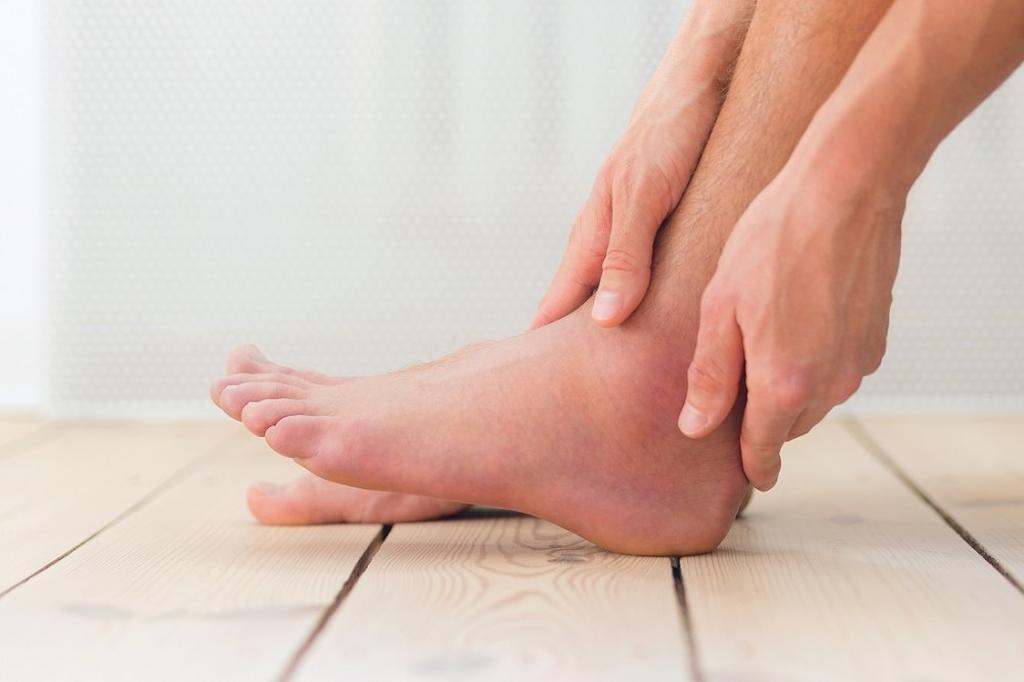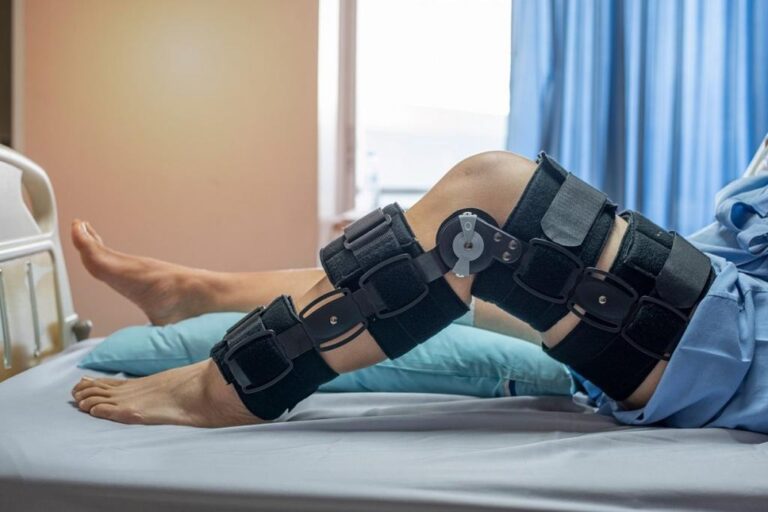Ankle sprains are common injuries for people of nearly all activity levels. In fact, every year, about 2 million ankle sprains happen in the United States. While sprains often clear up with medical attention and a little TLC, many injuries lead to ongoing problems, including chronic ankle instability.
Chronic ankle instability happens when ankle ligaments are weakened by one or more ankle sprains. This leads to instability in the joint and an increased risk of future sprains or other injuries. As many as 40% of acute ankle sprains go on to develop symptoms of ankle instability.
With locations in Dallas, Plano, Keller, Weatherford, and Fort Worth, Texas, Texas Orthopaedic Associates specializes in patient-centered care for all sorts of orthopedic injuries, including ankle sprains and chronic ankle instability. In this post, our team offers some tips that could help you avoid chronic ankle instability in the future.
Seek medical treatment right away
If you have any type of ankle injury or ankle symptoms, like pain, tenderness, swelling, or weakness, seeking medical treatment right away is essential. That’s because prompt treatment doesn’t just help relieve symptoms — it plays a critical role in preventing any underlying problem from developing into something much worse.
Consider physical therapy
Physical therapy uses a custom approach to ankle injuries, featuring an array of exercises and lifestyle guidance to help protect your ankle, relieve symptoms, and encourage rapid and complete healing. Your therapist adjusts your therapy plan over time as your ankle recovers, providing tips that can reduce your risk of future injuries, too.
Select the right shoes
Most people think shoes only affect their feet, but they have a direct effect on your ankles, too. Shoes that don’t provide support and stability for your feet can wind up leaving your ankles unprotected as well, leaving them at risk of twisting or rolling, common causes of sprains.
Ask about taping
Taping can aid in healing following a sprain, providing your ankle with additional support and stability. You may also use tape even after your initial injury heals, adding an extra layer of stability and protection during physical activity.
Combine strengthening and stretching
Strengthening the muscles around your ankles and in your lower legs provides the joints with much-needed support. Try rising up on your toes (calf raises) or tracing the alphabet with your pointed toes, a simple exercise that can improve flexibility.
Focus on balance
Strength and flexibility are important for preventing ankle instability, and balance is, too. Balance skills tend to diminish as we get older or if we lead inactive lifestyles. Simple balance exercises, like balancing on one leg or using a balance board, can help you retain this important skill and reduce your risk of falls and other injuries.
Care for your feet, too
Bunions, neuromas, corns, and calluses can all alter the way you place your feet when you step, walk, or otherwise bear your weight. Even a small change in foot placement can result in missteps that can lead to ankle sprains.
Watch the terrain
If you walk or run regularly, it’s important to choose a terrain that’s free of lumps, bumps, or other hazards. Level terrain helps you plant your foot firmly with each step, reducing the risk of twists or missteps that can lead to sprains or even fractures.
Don’t overdo it
After your sprain (or any ankle injury), you’ll want to increase your physical activity gradually to avoid overstraining the joint. Introduce weight-bearing activities gradually over time, giving your ankle and the tendons, ligaments and muscles that support it, time to adjust to the new workload. Give your ankles plenty of rest between weight-bearing activities and any time you notice discomfort in or around the joint.
Make ankle health a priority
It’s easy to take your ankles for granted — until something happens. If you’ve had a sprain and you want to learn how to prevent future sprains and instability, we can help. To learn more, book an appointment online or over the phone at Texas Orthopaedic Associates today.













